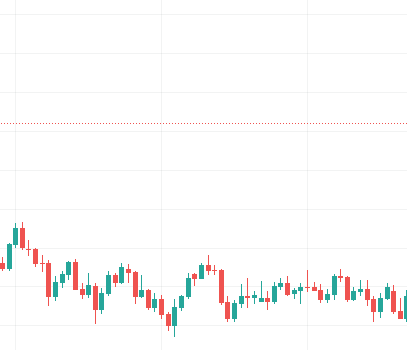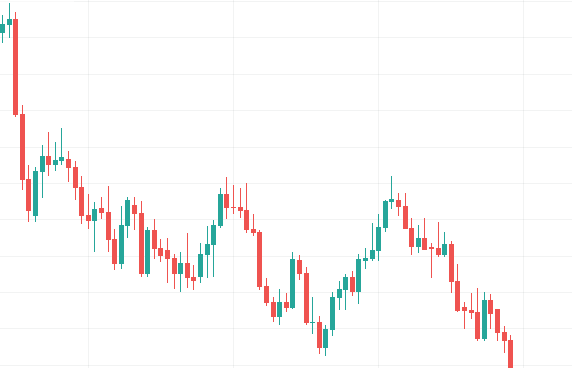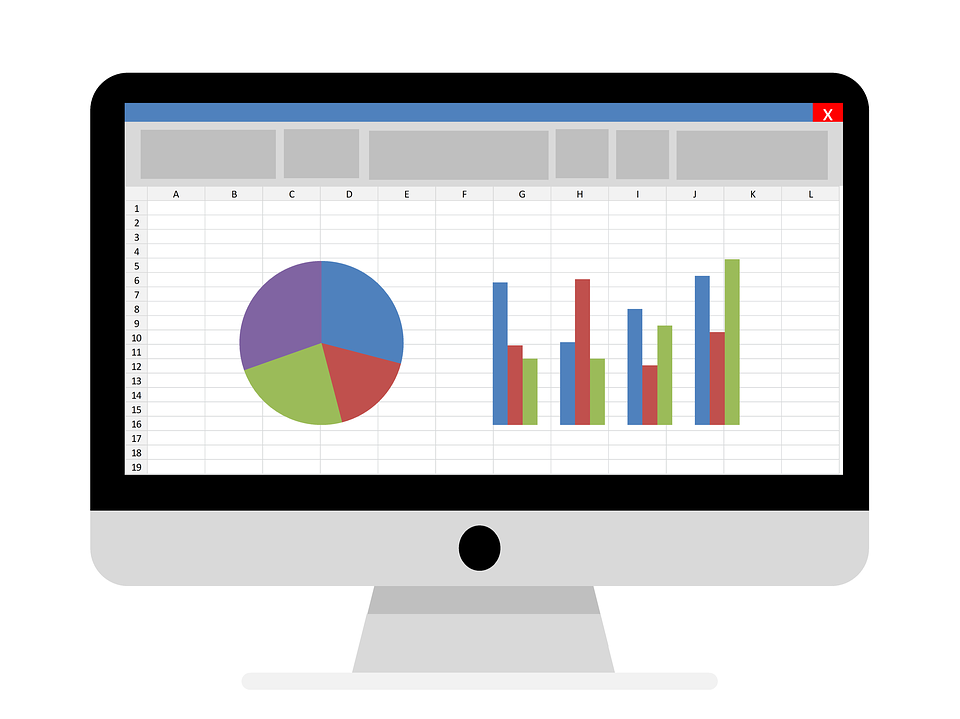Japan’s economic indicators can be said to be essential knowledge for those who trade in yen pairs. Among the major currencies, economic indicators have less influence on the market. The Japanese yen tends to be bought when the world situation becomes unstable. Suitable for both swing and day trading. There are a lot of indicators, but basically it’s okay if you keep only the ones that are of high importance. I have compiled a list of Japanese economic indicators.
- Corporate Service Price Index (Importance: Low)
- Leading economic index (importance: low)
- Tokyo Metropolitan Area Consumer Price Index (Importance: Medium)
- Status of external and inward securities sales contracts (importance: low)
- Retail sales (importance: low)
- Tertiary Industrial Activity Index (Importance: Low)
- Trade Statistics (Importance: Medium)
- Machine orders (importance: low)
- National Consumer Price Index (Importance: Medium)
- Monthly Labor Survey-Total Cash Salary (Importance: Low)
- Balance of Payments / Trade Balance (Importance: Medium)
- Economy Watchers Survey-Current Status DI (Importance: Low)
- Money stock (importance: low)
- Domestic Corporate Price Index (Importance: Low)
- Gross Domestic Product (GDP) (Importance: High)
- Mining and industrial production (importance: low)
- Equipment utilization rate (importance: low)
- Monetary base (importance: low)
- All household household survey / consumption expenditure (importance: low)
- Bank of Japan Monetary Policy Meeting (Importance: High)
- Unemployment rate (importance: high)
- Effective job openings-to-applicants ratio (importance: high)
- Number of new housing starts (importance: low)
- Consumer Attitude Index (Importance: Low)
Corporate Service Price Index (Importance: Low)
The service price index for companies released by the Bank of Japan is an index showing fluctuations in the prices of services traded between companies, and targets services such as finance, insurance, real estate leasing, transportation, telecommunications, advertising, leasing, and rental. increase.
Leading economic index (importance: low)
The leading economic index is an index of business conditions announced by the Cabinet Office. It is an economic indicator that integrates the movements of various economic activities such as production and employment, and the movements of important and sensitive indicators.
Tokyo Metropolitan Area Consumer Price Index (Importance: Medium)
Japan is a country that is extremely concentrated in Tokyo. The consumer price index in Tokyo influences the economic situation. The Consumer Price Index (CPI) is a monthly statistic released by the Ministry of Internal Affairs and Communications, and is an index that shows fluctuations in the retail price (price) of goods at the stage when consumers actually purchase.
Status of external and inward securities sales contracts (importance: low)
Securities sales contracts between residents and non-residents based on reports from banks, etc. designated by the Minister of Finance, financial instruments business operators, insurance companies, investment trust management companies, and asset management companies (hereinafter referred to as designated reporting organizations). It is a statistic aggregated about the situation such as.

Retail sales (importance: low)
Announced by the Ministry of Economy, Trade and Industry. It is an index that indicates the monthly commercial sales amount of the entire retail industry. An increase in the number is judged to be an improvement in the economy, making it easier for the yen to be bought.
Tertiary Industrial Activity Index (Importance: Low)
The Tertiary Industry Activity Index released by the Ministry of Economy, Trade and Industry is an index of the activity of the tertiary industry in Japan. What is the overall trend of the tertiary industry (the tertiary industry is classified into industries that are not classified as primary industry (agriculture, forestry, fishery, mining) or secondary industry)? It is an economic index to grasp whether it is.
Trade Statistics (Importance: Medium)
The trade statistics released by the Ministry of Finance are the value of exports minus the value of imports. Statistics are taken based on the flow of goods that actually passed through customs.
Machine orders (importance: low)
The figures announced by the Cabinet Office are the figures for which companies have received orders for machines used as capital investment. At this point, the statistics are just “orders”, but in a few months, each company will receive this order.

National Consumer Price Index (Importance: Medium)
The Consumer Price Index (CPI) is a monthly statistic released by the Ministry of Internal Affairs and Communications, and is an index that shows fluctuations in the retail price (price) of goods at the stage when consumers actually purchase. There are two types, “Tokyo division” and “nationwide”.
Monthly Labor Survey-Total Cash Salary (Importance: Low)
Monthly labor statistics survey released by the Ministry of Health, Labor and Welfare. It is the total amount before deducting income tax, social insurance premiums, union fees, purchase price, etc.
Balance of Payments / Trade Balance (Importance: Medium)
The balance of payments announced by the Ministry of Finance can be broadly divided into the current balance and the capital balance. The market focuses on the overall balance of payments and the trade balance within the balance of payments.
Economy Watchers Survey-Current Status DI (Importance: Low)
The Economy Watchers Survey-Current Situation Judgment DI announced by the Cabinet Office is an index that reflects the actual feelings of the street corner regarding the current state of the economy.
Money stock (importance: low)
Money stock is an index used to see how much money is being supplied to the economy as a whole from all financial institutions, including the Bank of Japan, and is a compilation of the balance of currency held by the private sector.
Domestic Corporate Price Index (Importance: Low)
It is a quantification of the price level of goods bought and sold between companies. By understanding price trends, it becomes a material for forecasting business sentiment, inflation rate, and consumption trends.
Gross Domestic Product (GDP) (Importance: High)
Gross Domestic Product is announced by the Cabinet Office, and is the total amount of goods and services produced in Japan, which represents the scale of the economy. Please note that it has a large effect on the market price.

Mining and industrial production (importance: low)
It is one of the indexes of industrial production in Japan, and is an index of the monthly production volume of about 500 items of industrial products, with the latest base year as 100. Since you can know the status of corporate activities in the mining and industrial production sector, you can understand the economic status.
Equipment utilization rate (importance: low)
Represents the ratio of actual production to capacity. The trend of capital investment is a material for predicting future economic development and business sentiment because the investment itself affects the domestic economic trend and investment decisions are made based on the business sentiment of the management.
Monetary base (importance: low)
The monetary base announced by the Bank of Japan is the currency supplied by the Bank of Japan. Cash in circulation (“Bank of Japan note issuance” + “Money circulation”) and “Current Bank of Japan current deposits” It is the total value of.
All household household survey / consumption expenditure (importance: low)
The Statistics Bureau of the Ministry of Internal Affairs and Communications announces the household budget survey and consumption expenditure for all households, which is a survey of consumption expenditure for one month on average per household.
Bank of Japan Monetary Policy Meeting (Importance: High)
The Bank of Japan’s interest rate policy will be announced. Of course, it will have a big impact on the market, so be careful as it will swing up and down.

Unemployment rate (importance: high)
The unemployment rate announced by the Statistics Bureau of the Ministry of Internal Affairs and Communications is the number of unemployed people divided by the labor force. Also known as the unemployment rate in Japan, it indicates the percentage of the unemployed in the labor force.
Effective job openings-to-applicants ratio (importance: high)
The active job openings-to-applicants ratio announced by the Ministry of Health, Labor and Welfare is the ratio obtained by dividing the number of monthly effective job offers by the number of monthly effective job seekers. You can see the status of over-demand and over-supply in the labor market. Since it will be announced together with the unemployment rate, we will move the market.
Number of new housing starts (importance: low)
Announced by the Ministry of Land, Infrastructure, Transport and Tourism. It is the number of new housing starts. Increasing the number of housing starts means that many people anticipate future economic expansion and rising housing prices.
Consumer Attitude Index (Importance: Low)
The Consumer Attitude Index / General Households announced by the Cabinet Office is an index of consumption trends of general households. volume_upcontent_copysharestar_border




コメント
[…] Japan's economic indicatorsJapan's economic indicators can be said to be essential knowledge for tho… […]
[…] Japan's economic indicatorsJapan's economic indicators can be said to be essential knowledge for tho… […]
[…] […]
[…] […]
[…] […]
[…] Japan's economic indicatorsJapan's economic indicators can be said to be essential knowledge for tho… […]
[…] Japan's economic indicatorsJapan's economic indicators can be said to be essential knowledge for tho… […]
[…] Japan's economic indicatorsJapan's economic indicators can be said to be essential knowledge for tho… […]
[…] Japan's economic indicatorsJapan's economic indicators can be said to be essential knowledge for tho… […]